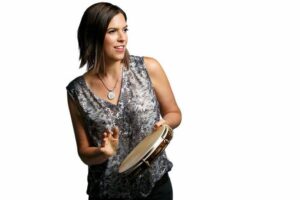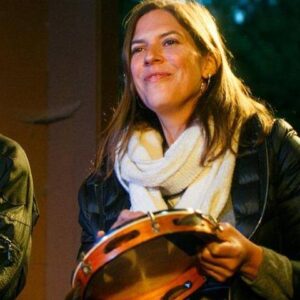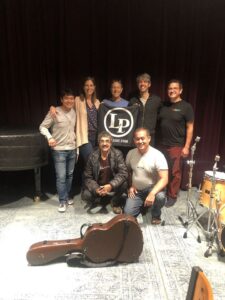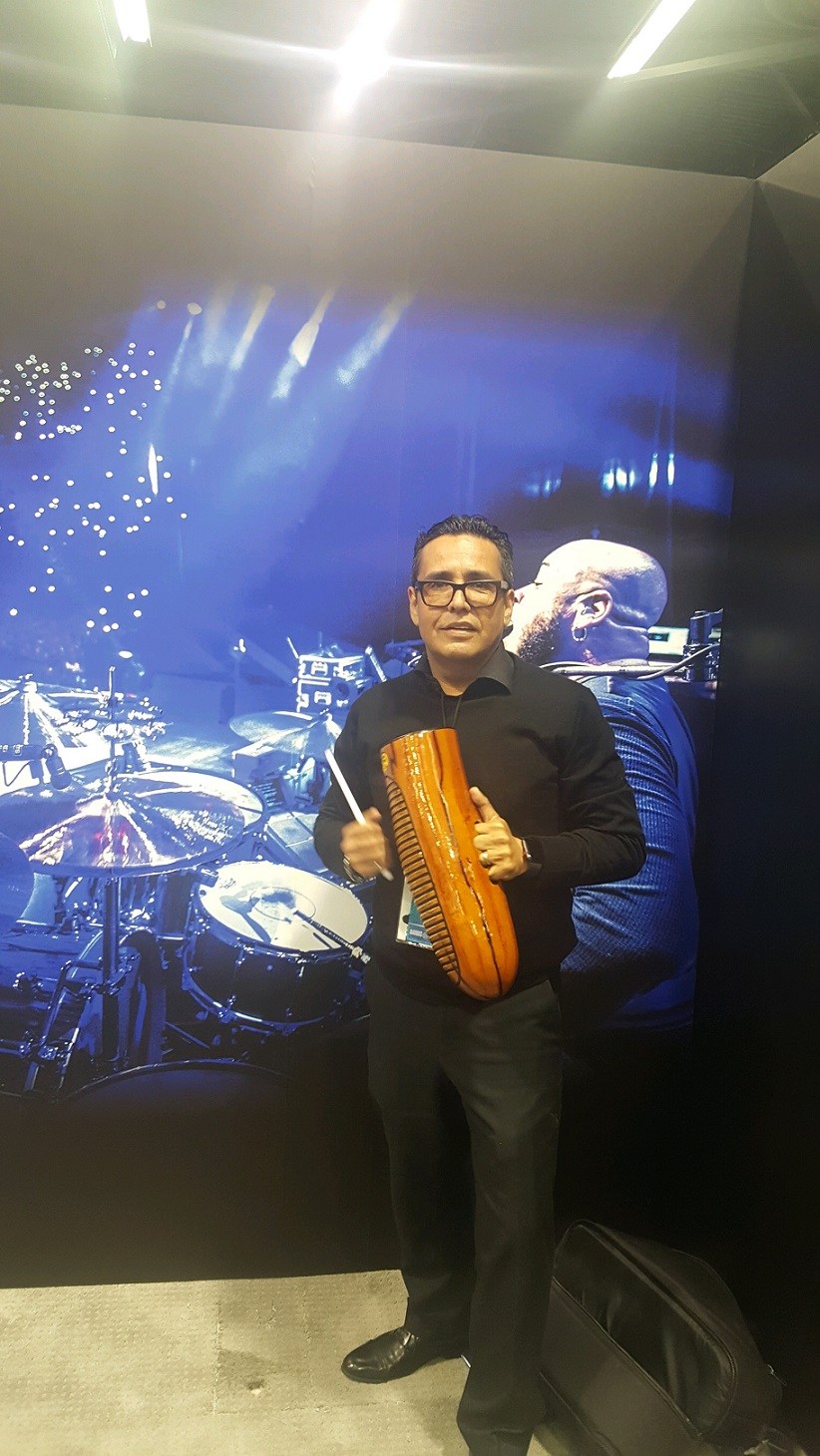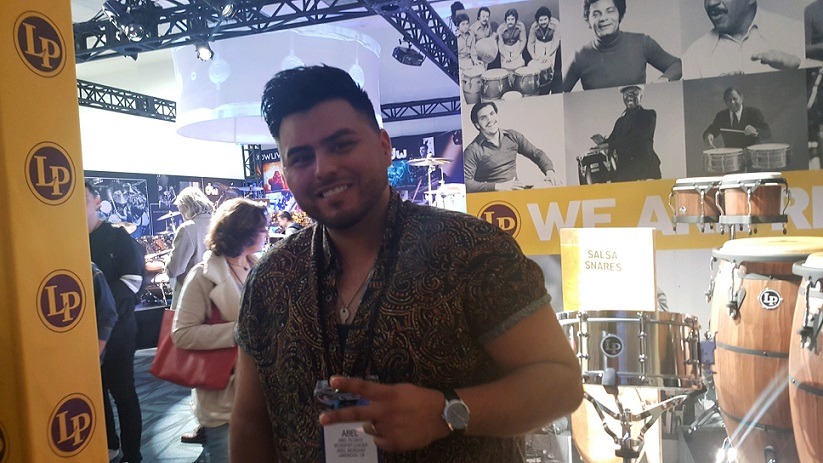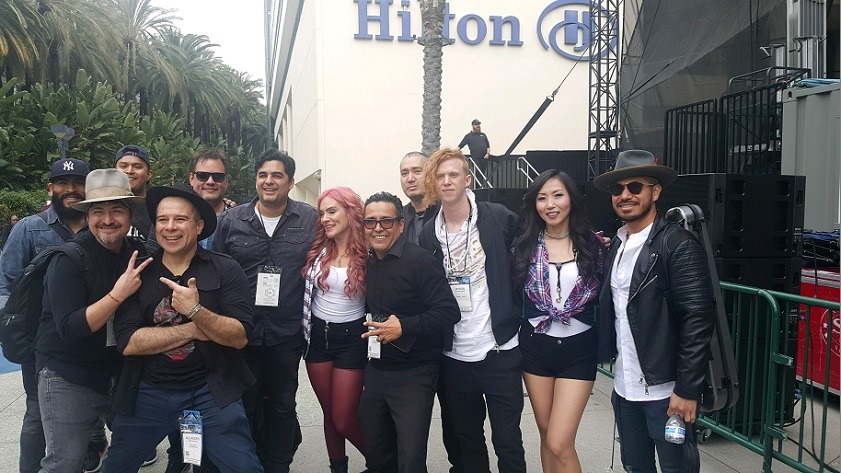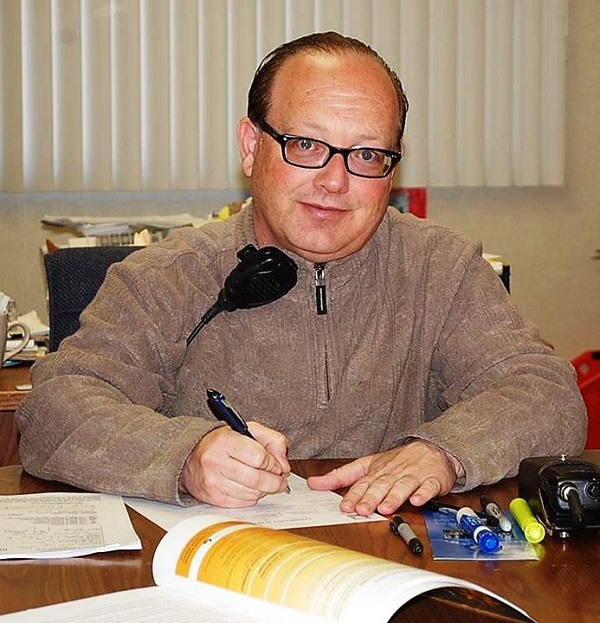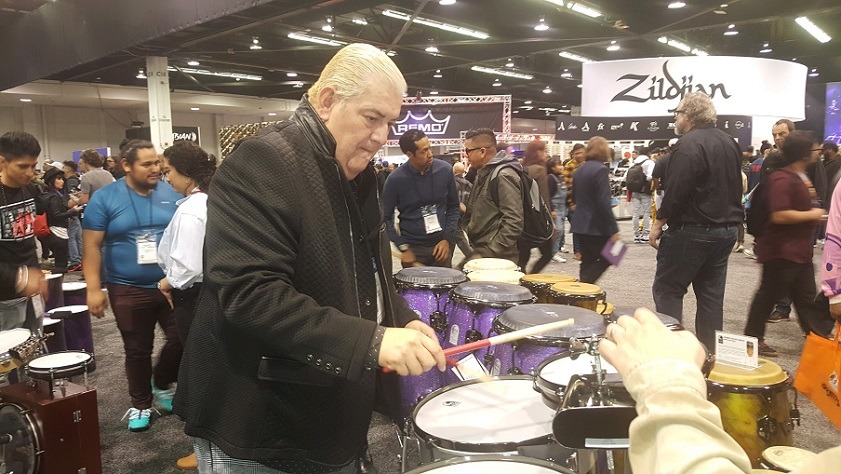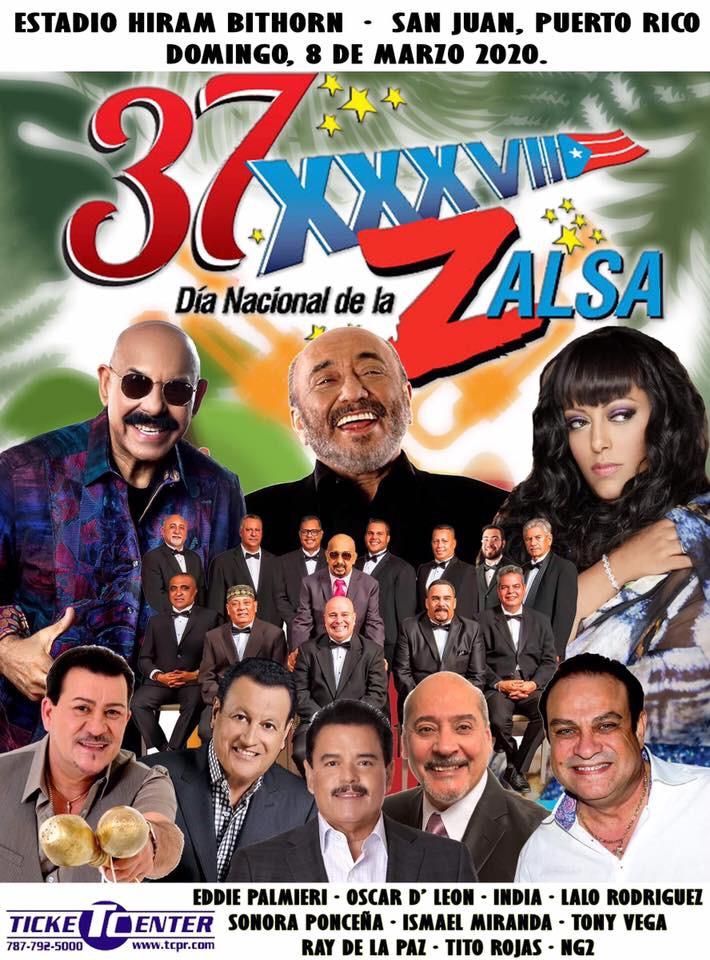Latin America / Colombia / Cali
Get to know the Son de Ébano Orchestra
Son de Ébano, which was born in the municipalities of Puerto Tejada and Guachené Causa in the South of Colombia, its objective is that with its musical compositions it is possible to recover and maintain salsa de coup and salsa brava (both highly requested by the public).
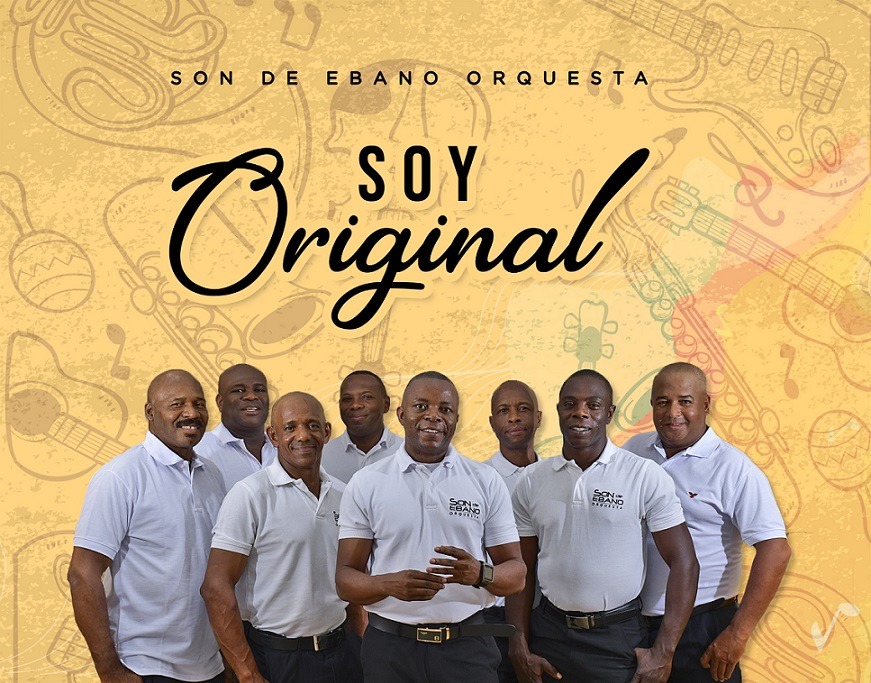
The Son de Ébano orchestra has certain characteristics that identify it from other salsa orchestras, and the most important is that it preserves the rhythms and essences of its African roots fused with all the Latin flavor and cadence.
Among the members of the orchestra they have:
- Manager
- Sound Engineer
- 1 Bass
- 1 Conga drums
- 3 Trompet
- 1 Violin
- 1 Bongo drum
- 1 Tres
- 1 Lead Voice
- 1 Piano
- 1 Trombone
- 2 “Choirs”
- 1 Timbal Drum
- 1 Saxo
His best-known themes and/or songs are:
- Vale un Millón
- Pedro Rumba
- Cuando Necesites
- Layka
- Como no voy a quererte
- Herencia africana
In 2018 they made a national tour (Colombia) and participated in an event of international stature without mentioning that they produced their hits with their unmistakable label “La Buena Salsa Ya Esta Cooking”. The cost of the Son de Ébano Orchestra show has a cost of:
At the national level
- COP$9,000,000,000 (of which they receive 50% and transportation at the time of signing the contract, and the remaining 50% before going up to the stage, all tax free).
- COP$4,500,000.00 (If it is the Ever Zapata show without the orchestra)
On an international level
- The cost is US$5,000.00 with the orchestra, without the orchestra it is US$4,000.00
- The cost may vary depending on the conditions of the show.
If you want to contact them to hold a concert and/or event:
Telephone: +57 311 45 6364 (his office in Cali-Colombia) / 1 – 829 965 3863 (his manager Charlie Perez).


